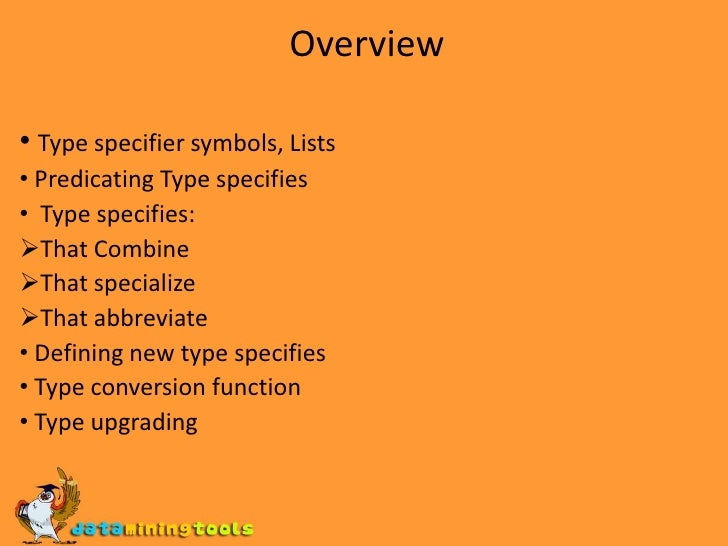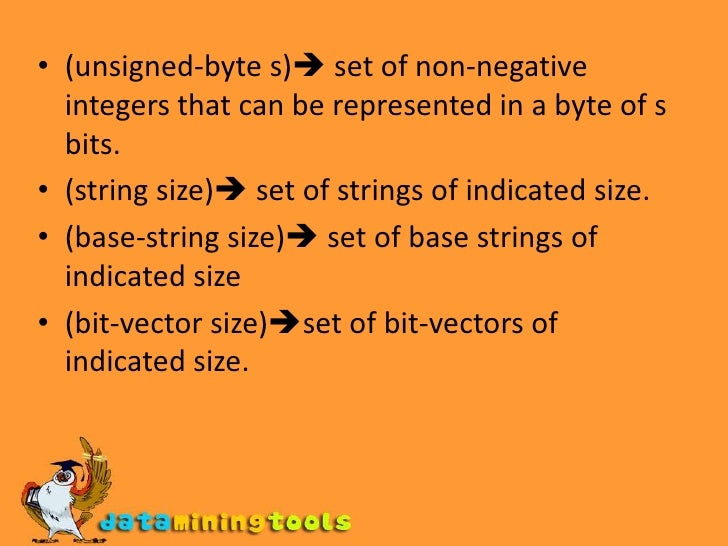

The -s 16 in the following example causes hexdump to show the content of the file beginning 16 bytes in from the start and continuing to the end of the file. If you are only interested in the data some distance into the file you can use the -s option to specify how far into the file to start dumping from. The -n 32 in the following example causes hexdump to show only 32 bytes of the file.

If you have a really big file where you are only interested in seeing some of the data you can use the -n option to specify how many bytes to dump. So, now I would guess from the “ELF” signature that this file is probably a program executable. Now you can see individual byte values and even see the text for those parts of the file that are normal text characters. If 16-bit values isn’t really what you were looking for then a quick review of the hexdump man page indicates there are several switches that select some other pre-defined output formats. If you are not familiar with the term it’s probably worth reading about it, for example on Wikipedia. On some other types of CPU that value could be output as 7f45 due to differences in something called byte ordering. It’s important to note that the value shown is as interpreted on an Intel x86 CPU. The first 16 bits of the example file are the hexadecimal value 457f. Be aware that, with no command line options, hexdump will dump the entire file to screen so use it with care on large files. The * indicates that all of the lines from 0000030 to 0001020 inclusive would be the same value as the 0000020 line and that keeps the output condensed for large files with long and aligned repeating sequences. The first number on each line is the starting offset in the file for the first of the 8 following values on that line. What you are seeing there is the binary contents of the mydata file shown as lines of 8 individual 16-bit values in hexadecimal. I no longer know where I am in the file.Put it in a shell script with some layout.Splitting out individual elements of the structured data.Example dumping a partition table using hexdump.In truth it isn’t really difficult to understand but without an example to use while reading the documentation it may not be obvious how the formatting options are applied.

I found hexdump syntax difficult and I am a C programmer. Part of the format syntax is pretty much the same as a commonly used function in the C programming language. If you’ve used the hexdump man page then you may have found the formatting syntax quite intimidating.
#TYPE SPECIFIERS 010 EDITOR HOW TO#
hexdump is very versatile and allows you to look at the structure inside binary files as you see fit and once you learn how to use it you can apply it quickly to many problems. One way (of many) to solve that is to use the hexdump utility. I often work with binary data that has a format I could interpret if only I could see it in a human readable form.


 0 kommentar(er)
0 kommentar(er)
